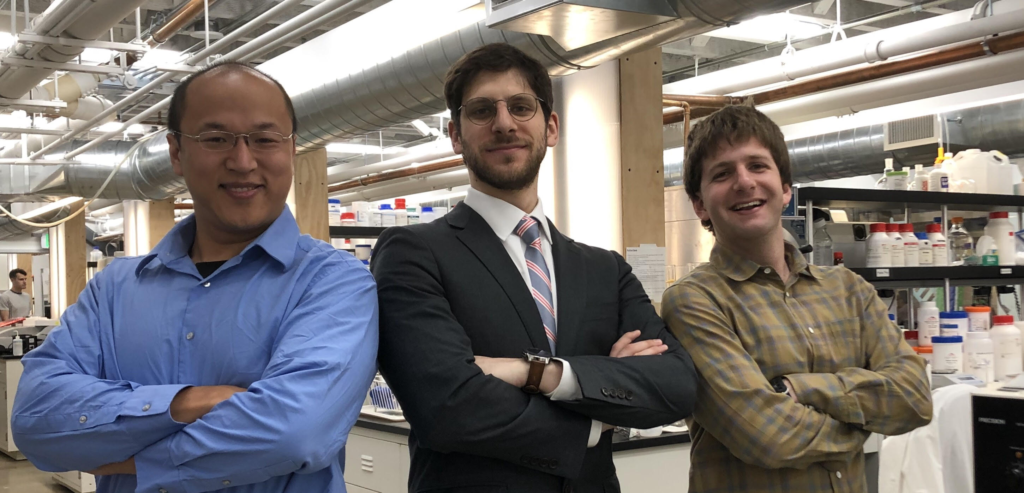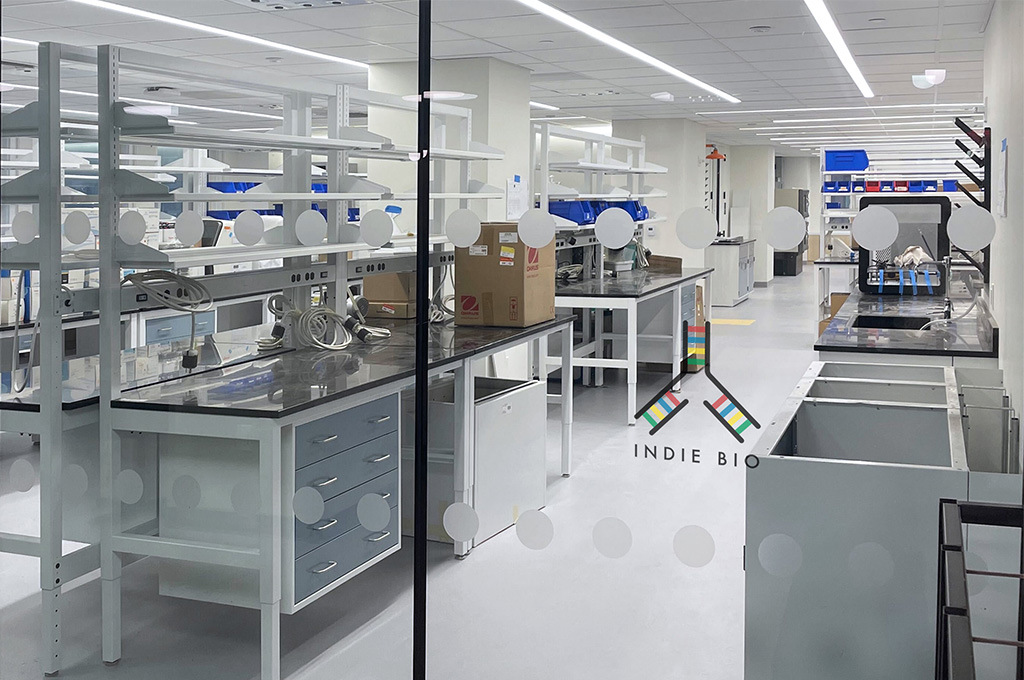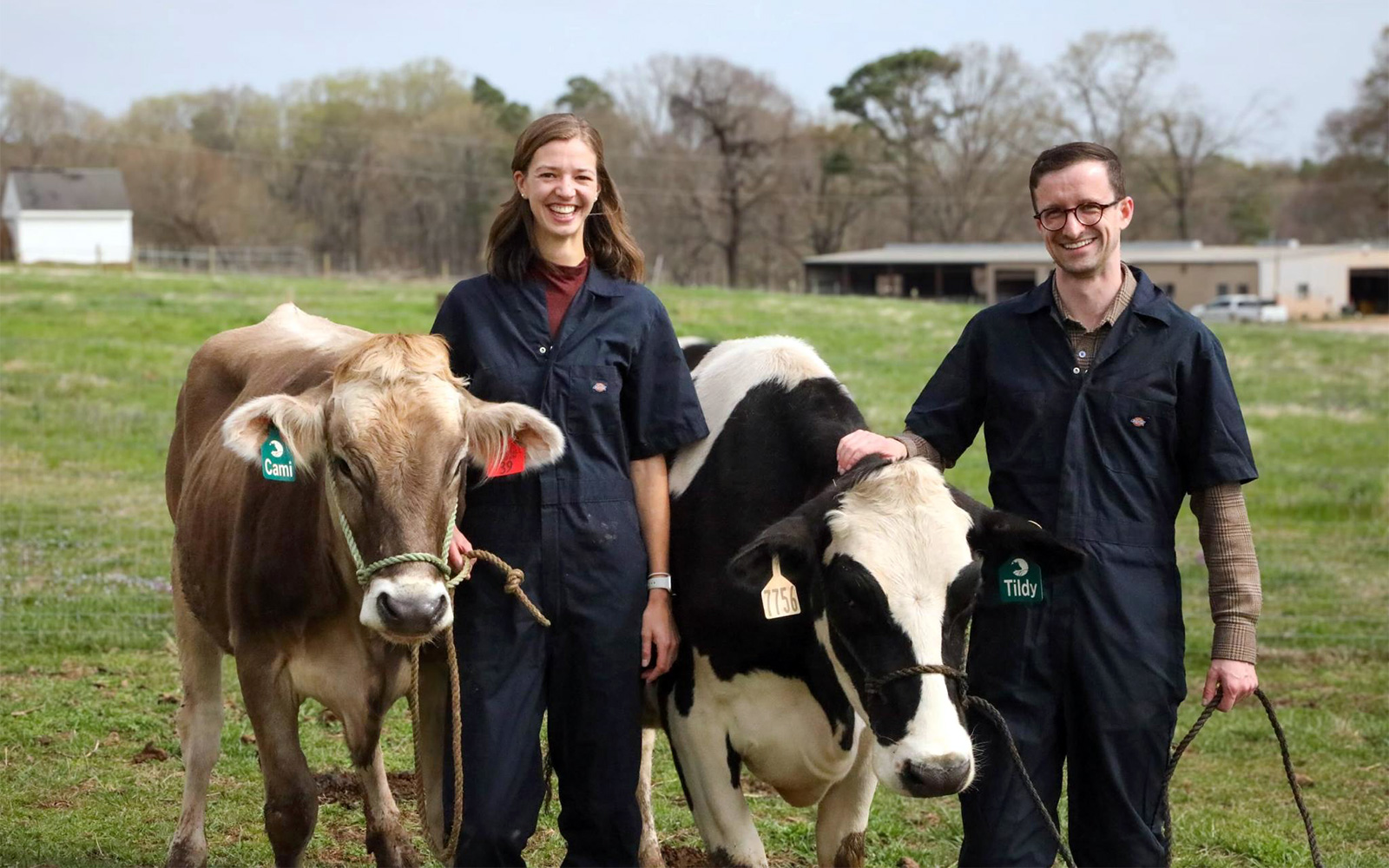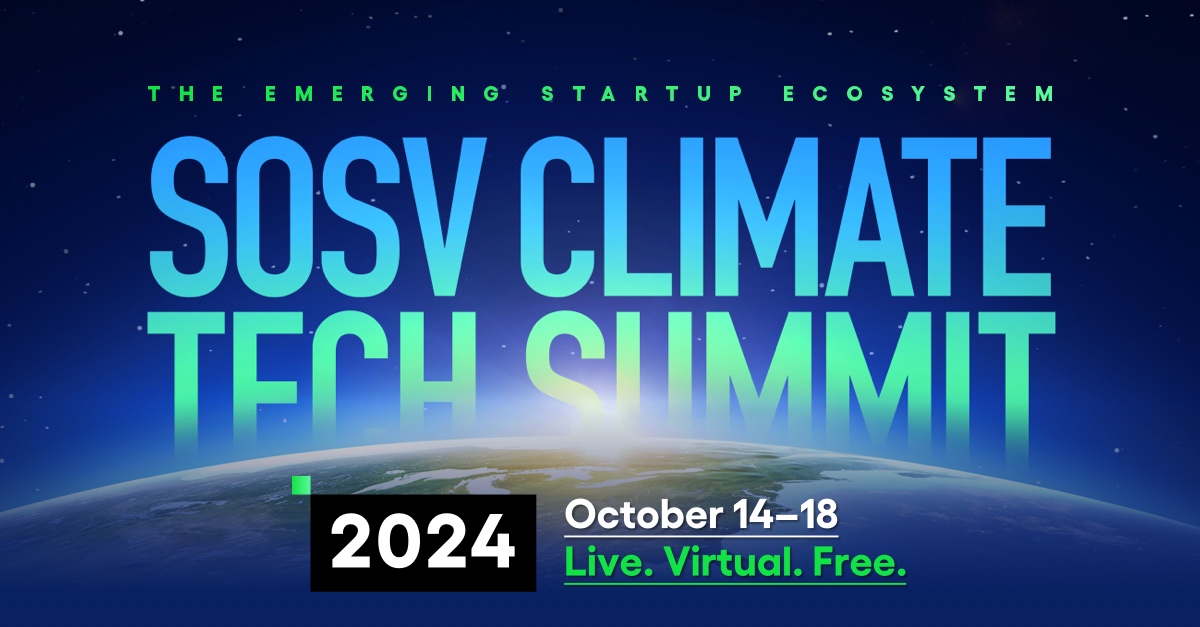
Gavilán Biodesign emerged out of the Donald Lab at Duke University, one of the world leaders in computational drug design. During their time at Duke, they redesigned many compounds, including a new Anti-HIV antibody that is now in 9 clinical trials. Their software was also used to predict tumor resistance mutations to 17 leading precision cancer therapeutics and multiple antibiotics. Their work led to 45 papers published in leading journals.
We chatted with three of the company’s founders, Marcel Frenkel, Mark Hallen, and Jonathan Jou.
What has been the limitation of computational drug design?
Using computers to design better drugs has been quite effective when there’s already a lot of knowledge about the compounds and the protein targets they’re hitting. When there’s a lot of data to train on, artificial intelligence can learn and interpolate alternatives, then estimate how well each one works to find a better one.
But those approaches to in silico drug design haven’t worked well for new areas, where there isn’t a lot of knowledge. It’s the difference between interpolation and extrapolation.
To go after biological pathways where there hasn’t been much success in the past — and design entirely novel classes of drugs — a different approach was needed.
How does Gavilán Biodesign do it differently?
Even in a new molecular space, the laws of physics still rule. Our hybrid system uses the best of A.I. and the best physics-based molecular dynamics models. All natural phenomena has to answer to physics; they’re the forces that drive the universe.
We are the only company to use thermodynamic ensembles to model continuous movement.
Then we have a parts library of thousands of molecular parts. Most of these parts have a dozen atoms or so. We don’t bring a drug in from a preset library to evaluate it; we generate every possible combination of those parts, inside the target pocket, simultaneously measuring the impact of every part on the affinity, stability, and specificity of the compound. Every building block of the design is ideal for the target.
While our competitors search through a few million compound variations for the best fit — and the biggest molecular library in the world has 230 million compounds — we can easily and efficiently search through billions of possibilities.
The slightest differences can have huge effects when dealing with van der Waals forces, which repel at one distance, then attract at another. A 0.5 angstrom difference in position can go from a bad clash to a favorable interaction.
Before you came to IndieBio, none of you had experience pitching business partnerships and negotiating deals. But in four months here you already have signed and delivered on a deal with a pharma company and are negotiating four more.
Everybody whose become an entrepreneur has had to learn to do so, whether they were a lawyer, or an accountant, or a banker, or a scientist. And I actually think scientists make the transition better than other people do.
Being an entrepreneur is remarkably similar to science. We’re used to operating in absolute uncertainty. We don’t pretend we know how to sell, or know how to cut a deal. Instead, we experiment rapidly and learn. We form a hypothesis, test it, and gain the most amount of data as fast as possible to improve. Our scientific inclinations apply surprisingly well to entrepreneurship.
So we didn’t go to companies and sell ourselves. We went into meetings to learn what problems and stress points they were having. Then we explained how our technology could help them with their problem. It was more about problem solving than pitching.
How did your time at IndieBio change your business model?
When we first interviewed with IndieBio, we were thinking of just selling our software. We wanted everyone to have it and use it.
During IndieBio, we’ve really learned to shape Gavilán’s strategy to create new value. Not just to replace the software chemists were using. And so that meant moving from a high-volume service business model to using our design tools for what they’re uniquely great at, creating new therapeutics in the highest-value problem spaces facing medicine.
As we’ve done a better job of explaining how we can do that, the most exciting thing is now seeing pharma companies come to us, wanting to design drugs for targets that have long been considered undruggable.
How might your company change the therapeutics industry?
Consider cancer. Right now, precision medicine is pretty good at designing drugs for certain well-known biological pathways. But there’s two major problems with that. The first is that the most powerful biological pathways are not well-known, or else we haven’t had enough success targeting them to even learn how to do it better.
The second problem is that a cancer tumor is highly mutating. The genome changes, and so the protein shape changes, and drugs that worked for maybe a year in patients, now fail. Almost everyone has a loved one who got cancer treatment, recovered for awhile, and eventually succumbed.
Our software has made it possible — for the first time — to discover how a tumor will mutate, years before it actually happens in a patient. We can “discover” it while we are designing the drug itself in the computer. And so we can design drugs that work not just against the tumor before it mutates, but the drug will still work after it mutates. And not just one mutation — all likely mutations.
We see a new age in medicine coming, where massive killers like cancer could be under control. The way polio is a thing of the past, today.
What’s the next year look like for Gavilan Biodesign?
While some of our partnerships with pharma companies are confidential, I can characterize them broadly.
There are undruggable targets that nobody has been able to hit with sub-micromolar affinities to date. You really have to get a 1000x better than that — down to nanomolar range — for a drug’s potency to make a difference in patients.
We are designing several of these in silico. We’ve already delivered one set, and will be delivering more in the coming months to other partners. Then it will take our partners a few months in the lab to confirm the accuracy of what we’ve designed. Even just from these in vitro lab tests, they’ll be able to tell if we are hitting the targets with nanomolar affinity.
When the industry sees the results, we hope it will blow people away. They’ll realize whole sections of biology are now targetable.
Watch Gavilán Biodesign pitch on IndieBio Demo Day, Tuesday June 25th in San Francisco or via LiveStream. Register here!



